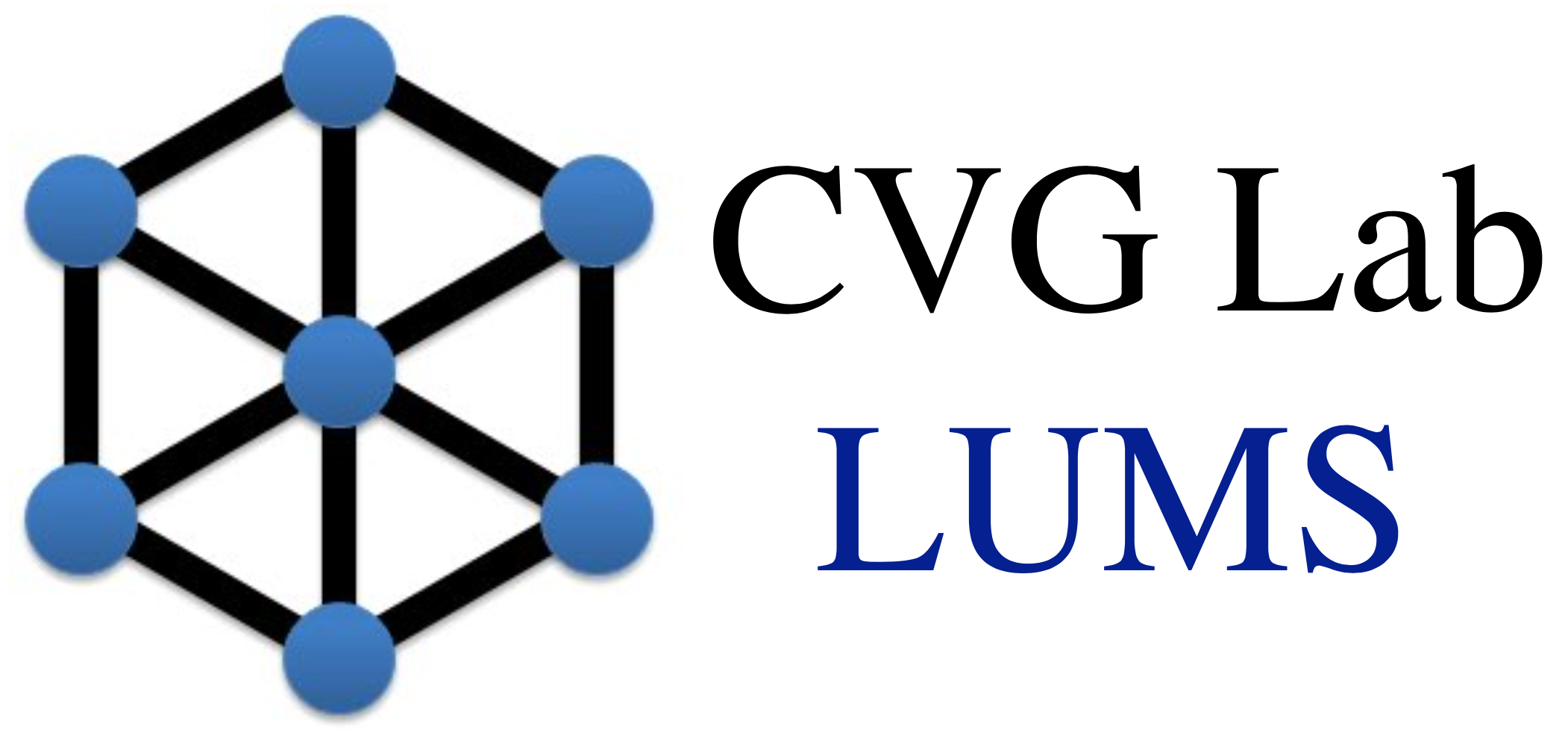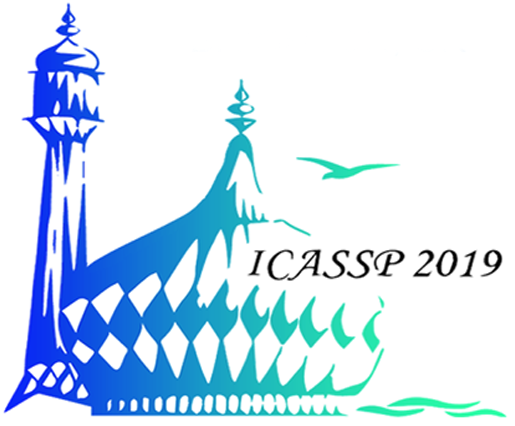CVPRW2019 – Tiny-Inception-ResNet-v2: Using Deep Learning for Eliminating Bonded Labors of Brick Kilns in South Asia

Usman Nazir, Numan Khurshid, Muhammad Ahmed Bhimra, Murtaza Taj
International Conference on Computer Vision and Pattern Recognition, Long Beach, CA, USA, June 16-21, 2019
Abstract
This paper proposes to employ a Inception-ResNet inspired deep learning architecture called Tiny-Inception-ResNet-v2 to eliminate bonded labor by identifying brick kilns within “Brick-Kiln-Belt” of South Asia. The framework is developed by training a network on the satellite imagery consisting of 11 different classes of South Asian region. The dataset developed during the process includes the geo-referenced images of brick kilns, houses, roads, tennis courts, farms, sparse trees, dense trees, orchards, parking lots, parks and barren lands. The dataset is made publicly available for further research. Our proposed network architecture with very fewer learning parameters outperforms all state-of-the-art architectures employed for recognition of brick kilns. Our proposed solution would enable regional monitoring and evaluation mechanisms for the Sustainable Development Goals.
Resources
Annotated Dataset: dataset
If you happen to use the data set, please refer to the following paper:
Text Reference:
Usman Nazir, Numan Khurshid, Muhammad Ahmed Bhimra, Murtaza Taj, "Tiny-Inception-ResNet-v2: Using Deep Learning for Eliminating Bonded Labors of Brick Kilns in South Asia", International Conference on Computer Vision and Pattern Recognition, Long Beach, CA, USA, June 16-21, 2019
Bibtex Reference:
@inproceedings{Tiny-Inception-ResNet-v2,
author = " Usman Nazir and
Numan Khurshid and
Muhammad Ahmed Bhimra and
Murtaza Taj",
title = "Tiny-Inception-ResNet-v2: Using Deep Learning for Eliminating Bonded Labors of Brick Kilns in South Asia",
booktitle = "International Conference on Computer Vision and Pattern Recognition",
month = "June ",
year = "2019", }





